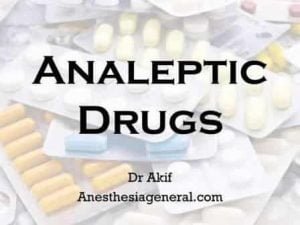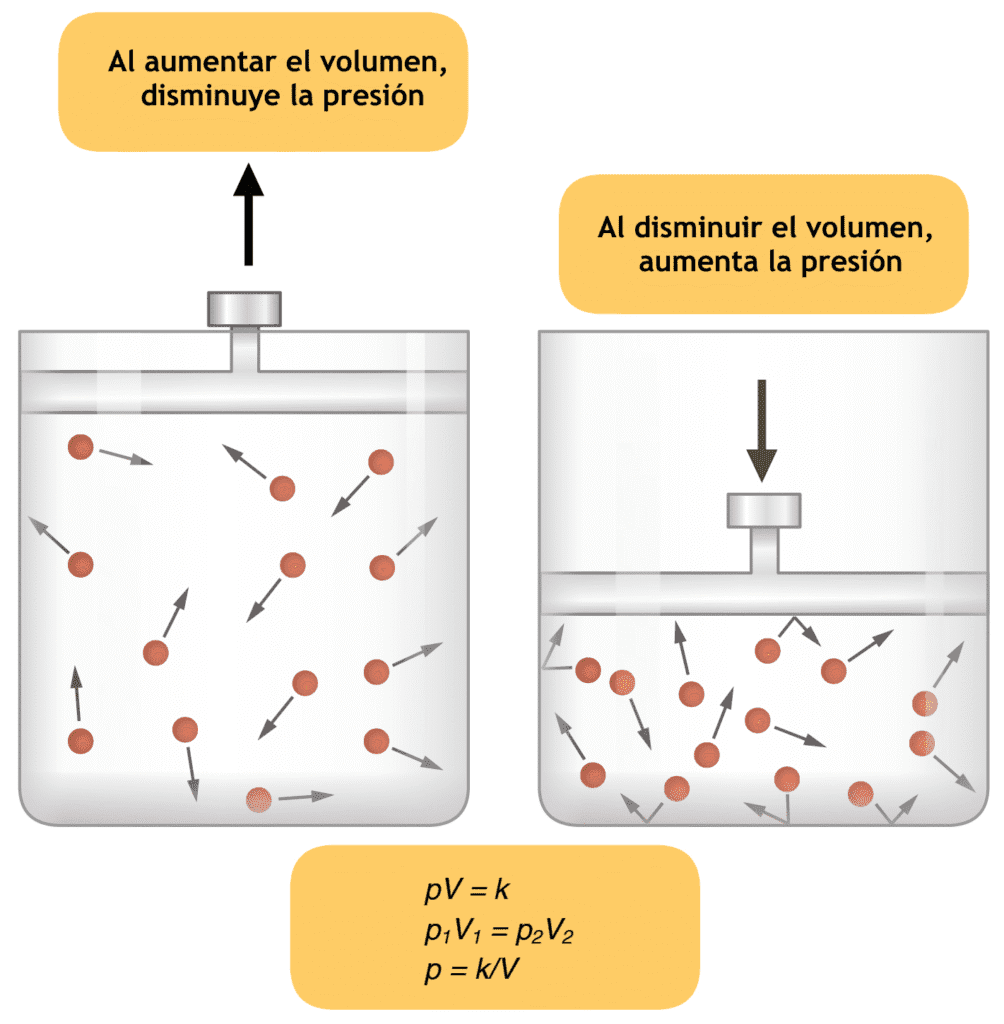Analeptic Drugs are Cenrtral nervous system stimulants or CNS stimulants that stimulate respiration and also the brain.
The different Analeptic Drugs are:
- Bemegride
- Nikethamide
- Doxapram
These drugs help to restore the drug-induced depressed function towards normal. Ideally there should be pharmacological antagonism and the analeptic drug should block the depressant drug activity either by inactivation or by displacement at the receptor site.
The narcotic antagonists fail in this group. The commonly referred analeptic drugs act primarily on the respiratory centers and help to restore the drug-induced respiratory depression towards normal.
 In larger doses, the drugs may stimulate central nervous system and may cause even convulsions. The ratio between the convulsant dose and respirogenic dose is taken as the therapeutic index and it indicates the safety margin of the drug.
In larger doses, the drugs may stimulate central nervous system and may cause even convulsions. The ratio between the convulsant dose and respirogenic dose is taken as the therapeutic index and it indicates the safety margin of the drug.
Some analeptic drugs, indirectly stimulate respiratory center either through carotid body chemoreceptors (lobeline) or through peripheral sensory receptors (camphor).
However, it should be remembered that ventilatory support may often be the best and safest treatment of respiratory depression.
Analeptic Drugs side effects
Side effects of analeptics often include restlessness, agitation, confusion, headache, convulsion, hypoxia, hypercarbia, tachycardia, arrhythmia, hypotension and so on.
Bemegride Analeptic drug
Bemegride is P-ethyl-(3-methylglutarimide. It was introduced as a specific antagonist to the barbiturates but it is no longer recommended for this purpose.
The drug is used as an analeptic in minor degrees of central depression. It is a short acting drug, action lasting for 5 to 10 min following intravenous administration. It may increase blood pressure mildly. It causes convulsion.
The usual dose is 25-50 mg i.v. The drug can be given orally.
Use of Analeptic Drugs as Respiratory Stimulants
Respiratory stimulants in general are used for various purposes and are of particular interest to anesthetist. They facilitate blind nasal intubations, and are also used to speed up recovery of consciousness after anesthesia.
These drugs may induce patients to breathe more deeply and open up collapsed alveoli.
The analeptic drugs are mostly used to stimulate respiration, particularly in carbon dioxide narcosis, respiratory failure due to narcotic overdose and in respiratory failure of newborn.
They however do not constitute the sole or the most vital therapy. Many times they are used as cardiovascular stimulants, but such use is not much justified.

